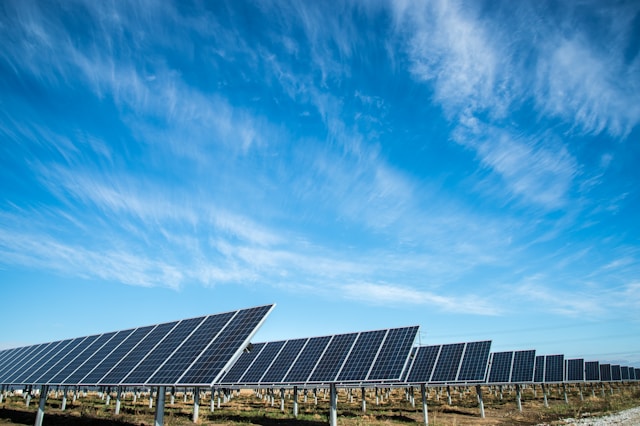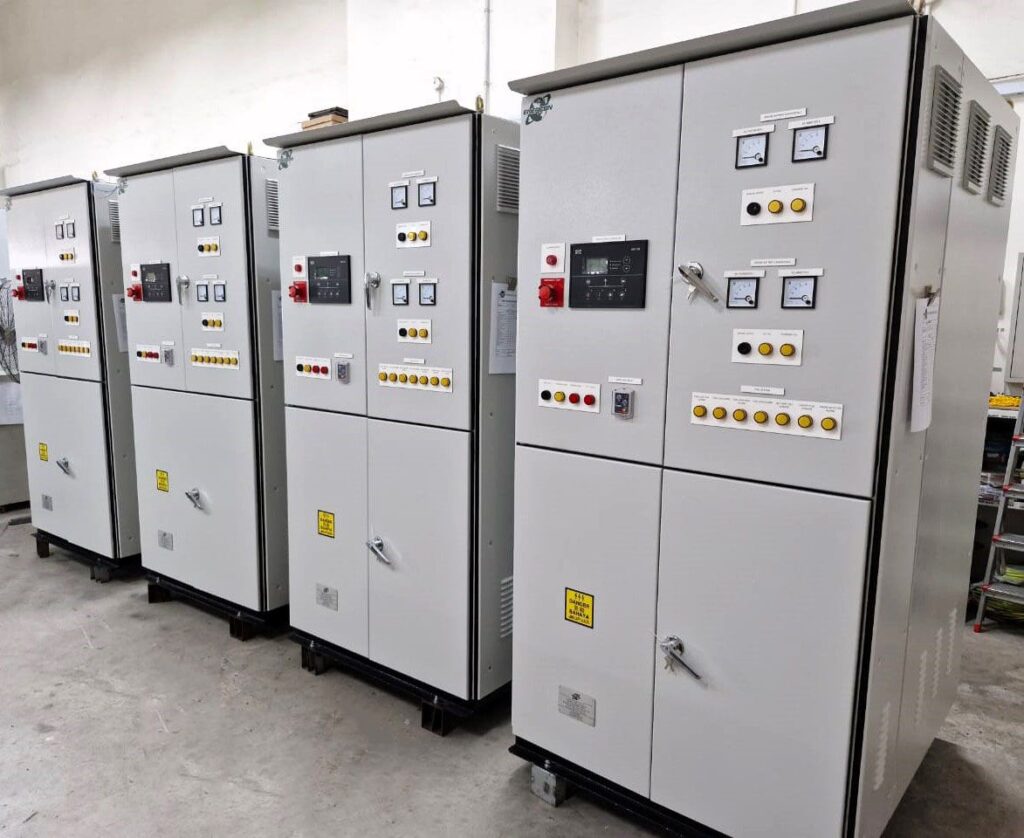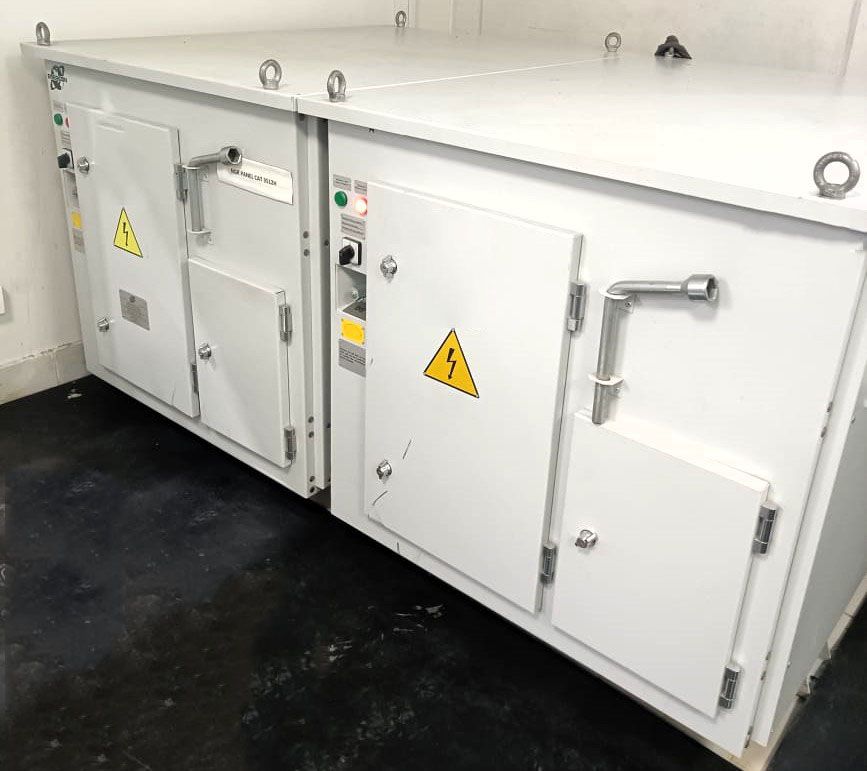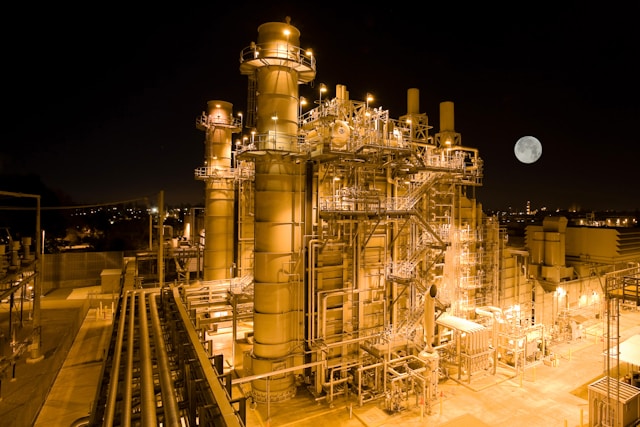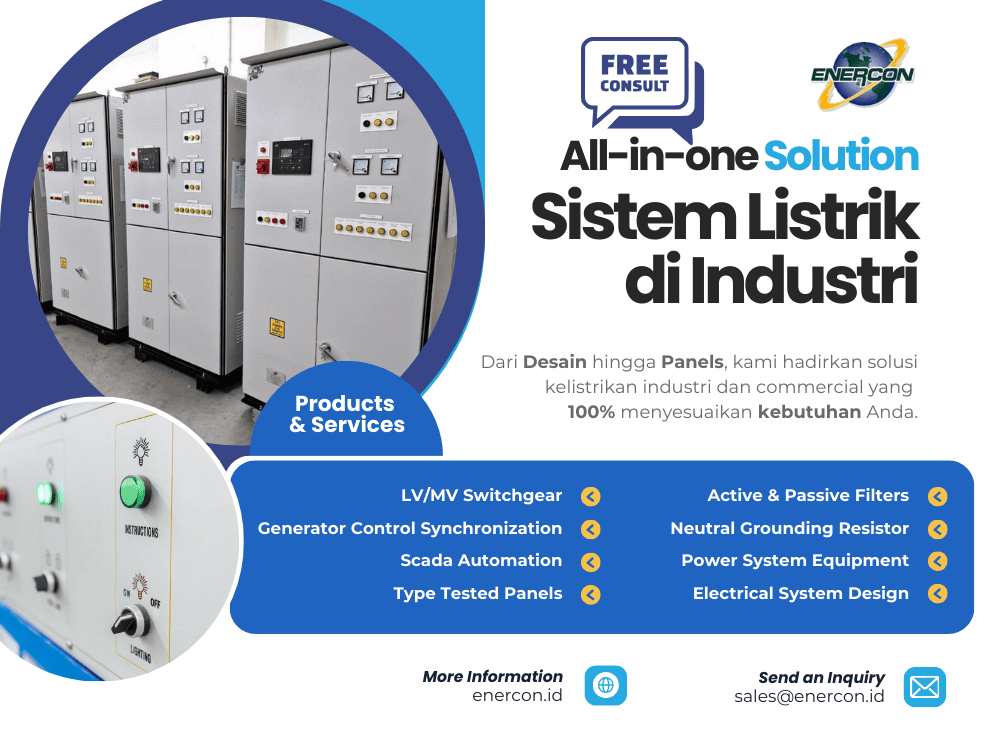When it comes to harnessing the power of the sun, choosing the right solar power system can make all the difference. Solar energy has surged in popularity as a clean, renewable source of power, but with different systems available, it’s crucial to understand which one aligns with your energy needs and goals.
On-grid and off-grid solar systems are the two main options available for those looking to go solar. Each system has its unique features, benefits, and potential drawbacks that can significantly impact your energy usage and sustainability efforts.
In this article, I’ll guide you through the ins and outs of both systems, helping you make an informed decision that’s best for your home or business.
What is On-Grid Solar System?
An on-grid solar system, also known as a grid-tied system, is one that’s connected directly to the public electricity grid. This connection allows you to feed any excess energy your solar panels produce back into the grid. In return, you can draw power from the grid when your system isn’t producing enough energy, such as during nighttime or on cloudy days.
The beauty of an on-grid system lies in its simplicity and cost-effectiveness. Since it works in tandem with the existing power grid, there’s no need for expensive batteries to store excess energy. Plus, many regions offer net metering programs where you receive credits for the surplus energy you contribute, which can lead to reduced electricity bills.
However, it’s not all sunshine and savings. One potential drawback of an on-grid system is its reliance on the grid itself. During power outages, your system will shut down as a safety measure to prevent back-feeding energy into the grid and endangering workers who might be fixing the power lines.
What is Off-Grid Solar System?
Off-grid solar systems, also known as stand-alone power systems, operate independently of the public electricity grid. They are the go-to choice for remote locations where connecting to the grid is impractical or too expensive. These systems rely on batteries to store the electricity generated by solar panels, ensuring a continuous power supply regardless of weather conditions or time of day.
The primary benefit of an off-grid system is complete energy independence. You’re not subject to power outages or fluctuations in grid-supplied electricity, and there’s no need to pay for grid electricity usage. This autonomy makes off-grid systems particularly appealing for those who prioritize self-sufficiency and control over their energy production and consumption.
However, this independence comes at a cost—literally. Off-grid systems require a significant upfront investment in batteries and a more robust solar setup to ensure a reliable power supply. Additionally, you’ll need to manage your energy consumption carefully to avoid depleting your stored power reserves.
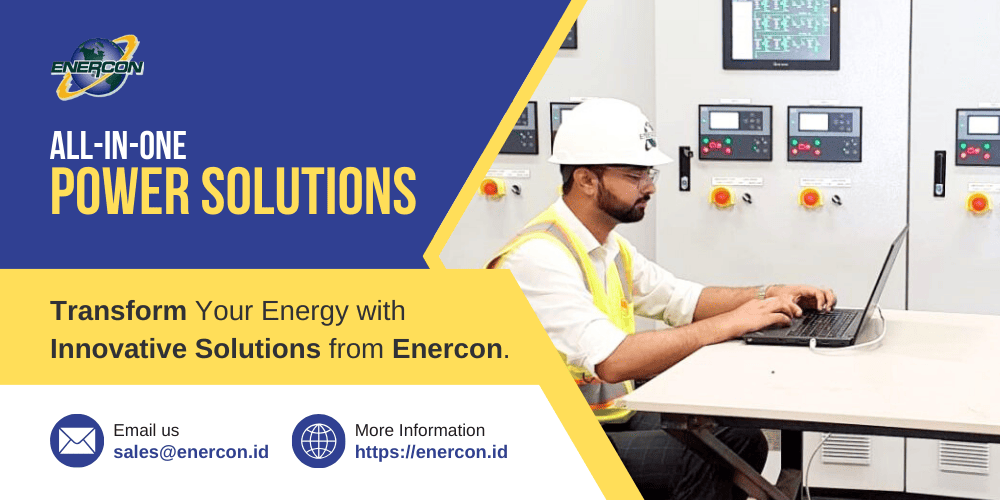
Comparing On-Grid vs. Off-Grid Solar Systems
When weighing the options between on-grid and off-grid solar systems, several factors come into play. Let’s break down the key considerations:
1. Cost Comparison
On-grid systems generally have a lower initial cost since they don’t require battery storage. The potential to earn credits through net metering can also offset your electricity costs over time. In contrast, off-grid systems require a larger upfront investment due to the need for batteries and a more comprehensive solar array to ensure reliability.
2. Energy Efficiency
On-grid systems are efficient in terms of energy usage since any excess power is sent to the grid, and you can always draw from the grid when needed. Off-grid systems require careful energy management to avoid running out of stored power, but advancements in battery technology are improving their efficiency and reliability.
3. Suitability for Different Locations
Your location plays a significant role in determining which system is more suitable. On-grid systems are ideal for urban or suburban areas with reliable grid access. Off-grid systems are best suited for remote or rural areas where grid connection is unavailable or prohibitively expensive.
In summary, on-grid systems offer ease and savings for those with reliable grid access, while off-grid systems provide independence and self-sufficiency for those in remote locations or who prefer to be disconnected from the grid.
Read: Why Your Business Needs Energy-Efficient Motors for HVAC Systems?
How to Choose the Right System for You
Selecting the right solar power system is a personal decision that hinges on several factors unique to your situation. Here’s how to assess which system—on-grid or off-grid—is right for you:
1. Assessing Your Energy Needs
Start by evaluating your energy consumption patterns. How much electricity do you use daily, and when do you use it most? On-grid systems are great if your usage aligns with typical patterns and you’re comfortable relying on the grid as a backup. If you have irregular energy needs or desire autonomy, an off-grid system might be the way to go.
2. Considering Location and Access to the Grid
If you live in an area with stable grid access, an on-grid system can provide convenience and financial benefits through net metering. For those in remote areas or where grid connection costs are exorbitant, an off-grid system offers independence and can be more cost-effective in the long run.
3. Long-Term Sustainability Goals
Think about your long-term goals for sustainability and self-reliance. Are you looking to reduce your carbon footprint and dependency on fossil fuels? An off-grid system can align with these values by providing a self-contained, renewable energy source.
4. Local Climate and Weather Patterns
The amount of sunlight your location receives can influence which system is more appropriate. On-grid systems can be more suitable in areas with consistent sunlight, as you can maximize the use of net metering. In contrast, off-grid systems might be better in areas with less predictable sunlight, as you can store energy for use during periods of low solar production.
5. Financial Incentives and Rebates
Research local incentives, rebates, and tax credits available for solar installations. These can significantly reduce the initial cost and improve the return on investment for an on-grid system. Off-grid systems may have different incentives that can also help offset costs.
6. Future Energy Needs
Consider any anticipated changes in your energy consumption, such as family growth, home additions, or the purchase of an electric vehicle. An on-grid system might offer more flexibility to expand your solar array in the future, while an off-grid system will require careful planning to ensure your energy storage capacity meets your needs.
7. Maintenance and Upkeep
On-grid systems typically require less maintenance since there are no batteries to manage. Off-grid systems need regular maintenance to ensure battery health and overall system efficiency.
By carefully considering these aspects, you can make a choice that not only meets your current energy needs but also supports your future sustainability goals.
Read: Commercial Renewable Energy: A Complete Guide for Businesses
Conclusion
In our journey through the world of solar power systems, we’ve explored the nuances of on-grid and off-grid options. We’ve compared their costs, efficiency, and suitability for different locations, and we’ve delved into how to choose the system that best fits your unique energy needs and sustainability goals.
Whether you opt for the grid-tied convenience and savings of an on-grid system or the self-sufficient independence of an off-grid setup, the key is to make a sustainable choice that aligns with your lifestyle and values. Solar power is more than just an energy solution; it’s a step towards a greener, more resilient future.
As you consider your options, remember that the right solar power system is out there for you. With careful consideration and informed decision-making, you can harness the sun’s power in a way that brightens both your home and our planet.


